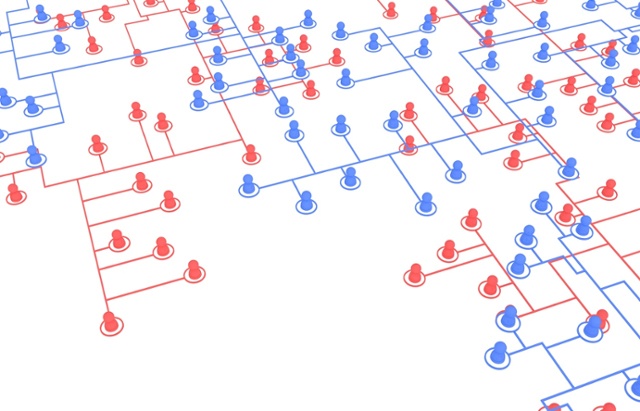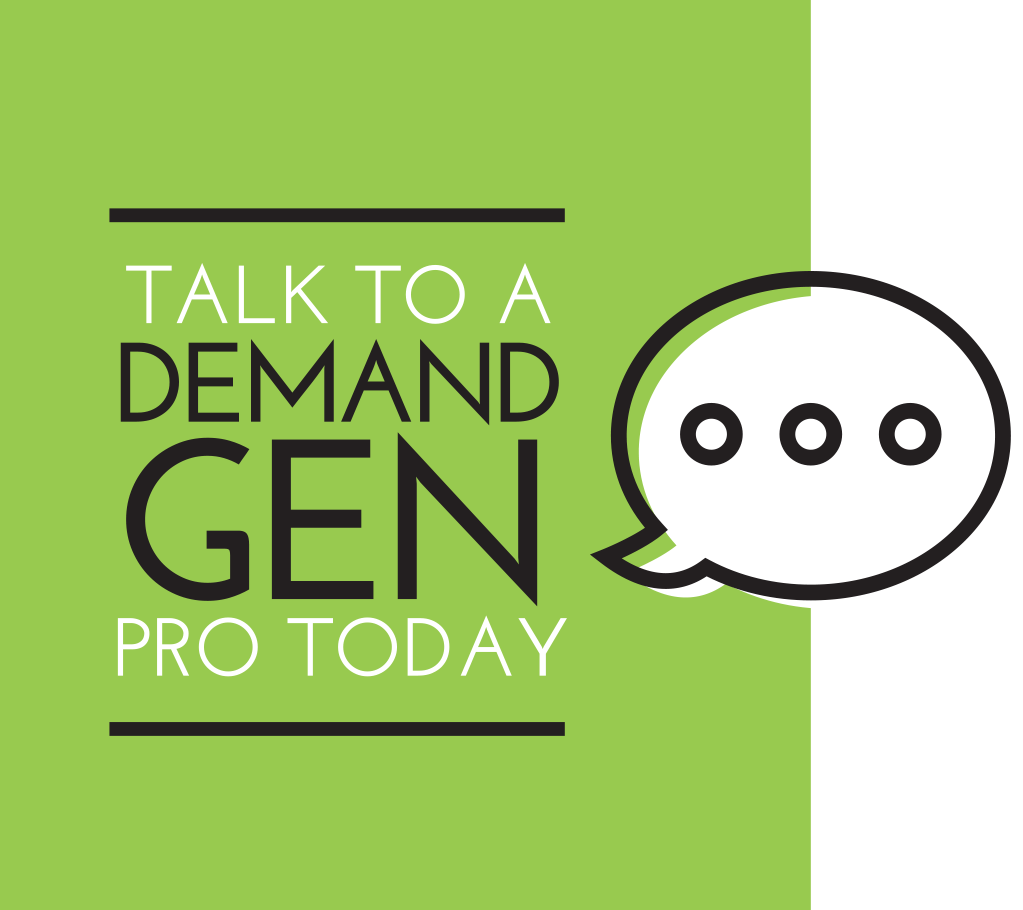Integrating Account Based Marketing Tactics into Your Event Follow-up

It’s estimated that over 40 million Americans attend conventions, tradeshows or conferences each year (ConferenceHound.com). These registrants and attendees end up as contacts in marketing databases and in some cases, they’re passed directly to Sales as leads. Forward thinking Marketers, however, have realized that flooding the Sales team with unqualified leads is often a waste of time and money. To maximize everyone’s productivity and improve the likelihood of producing a measurable ROI, Marketers began putting these contacts through a lead qualification filter. This filter is typically an Inside Sales Team who calls each prospect. The objective of the calling campaign is to have a dialog with the contact and determine if they’re indeed a Marketing Qualified Lead (MQL) before they are passed to Sales for additional follow-up.
These types of calling campaigns have always seemed fairly straight-forward and simple…
- Load the data into the CRM.
- Write a short script.
- And turn your team loose.
The Inside Sales team is usually instructed to make 3 to 5 passes through the data and leave a voicemail message if they weren’t able to engage the contact. The more passes the team made through the data, the more dialogs they would actually have. Most of these campaigns yield a contact engagement rate of 25% – 40%.
The biggest mistake that Marketers make with these types of campaigns is they assume all the contacts in the database (attendees of the event) are of equal value. Does anyone ever stop to review the contacts they are loading into the CRM? Who are they? Are they people you really want to talk to and invest additional marketing resources in? It’s likely that the attendee list is comprised of a mixture of low-level end-users, mid-level influencers, and executive-level decision-makers. Further, the data could include contacts from companies that are not appropriate targets and companies that are included in your Account-Based Marketing universe – Named Accounts that have their own customized marketing strategy.
If that’s the case, should all contacts in the event database be treated equally? Should you apply equal effort and the same process toward every contact in the database? Probably not. It makes sense that the CFO of one of your target accounts be treated very differently than a low-level manager of a company not in your target market.
It’s recommended, then, that the first step in implementing an event follow-up campaign is to review the data. Isolate the contacts that require different treatment than the average attendee. Put these contacts into a separate campaign that leverages your Account-Based Marketing (ABM) tactics. This enables your Inside Sales team to take a more holistic approach. They can still use the event as an entrée to begin their dialog, but they will have the freedom to make multiple attempts to engage the contact and move beyond the constraints of a standard event follow-up script. The objective of these calls isn’t to just to thank them for stopping by your booth and ask them a few BANT questions (Budget, Authority, Need & Timeframe). Instead, this is a golden opportunity to capture critical business intelligence and insight on the target company.
These calls should have an elevated status in the Inside Sales continuum. They require something more than a “script reader.” They require an experienced sales consultant who is capable of engaging an executive-level decision-maker in a business conversation. Someone who can ask open-ended questions, listen to the answers, and respond with the appropriate “drill-down” questions. They need to be able to recognize an opportunity and determine the decision-making process. This may even mean they follow a referral to another decision-maker that didn’t attend the event, pursue that individual, engage them, and schedule the “next-best-step” in the sales process.
Remember that the objective of your marketing events is not just to produce activity and follow up for your sales team. The objective is always to generate sales opportunities that produce revenue. Blindly treating every attendee equally makes reaching your objective a little more difficult. You shouldn’t have to suspend your ABM mindset when you execute the follow-up to your marketing events.


